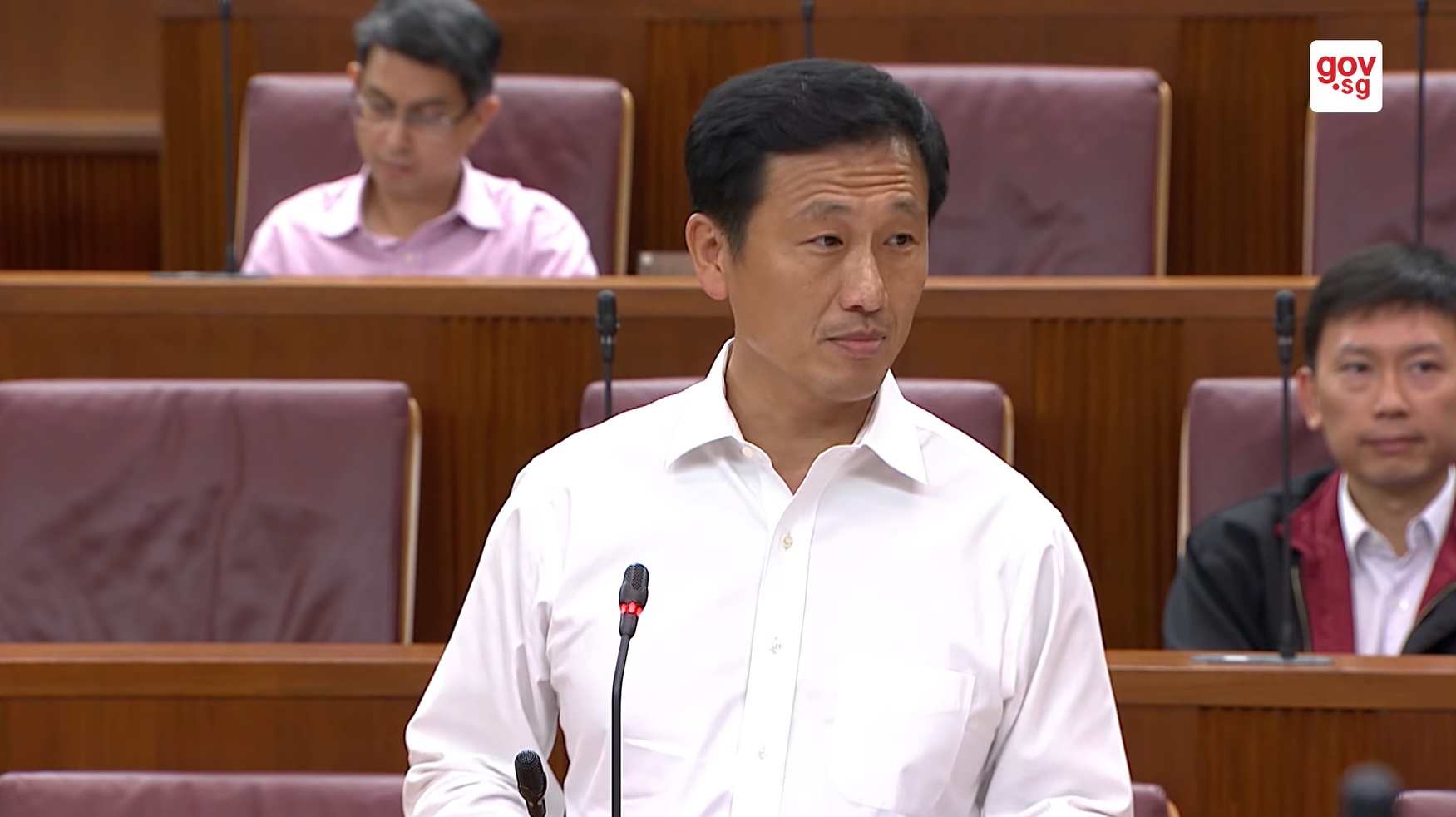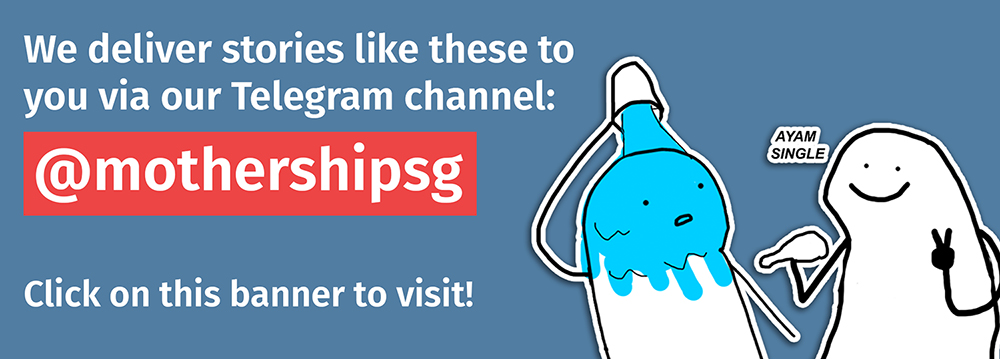Over the past month, Education Minister Ong Ye Kung has hinted of big changes afoot in Singapore's education system previously, reportedly saying these changes will "significantly improve" it.
What he announced on Tuesday morning in his parliamentary speech in his ministry's Committee of Supply debates, though, may well have been bigger than anyone might have anticipated.
Come 2020, 25 pilot secondary schools will implement a new system called Full Subject-Based Banding, truncated as Full SBB, with more taking this on in subsequent years.
What this means is that the three current secondary school streams — Express, Normal (Academic) or N(A), and Normal (Technical) or N(T) — will be no more, for them at least.
And so by 2024, the first batch of Secondary One students under Full SBB will graduate with a common certificate co-branded by Singapore and Cambridge.
In this four-year period, the Full SBB system will also be rolled out to all other secondary schools, with everyone being on board it by 2024 as well.
In other words, there will eventually be no more O- or N-Level certificates. These will be replaced by another set of graduation exams, but tailored under the new banding scheme (which we'll tell you a bit more about later).
One secondary education, many subject bands
Ong said in his speech that this key change made to enable "one secondary education, many subject bands" is a step in the direction of preparing young Singaporeans for the digital era.
As knowledge has become very accessible, skills carry a premium but take a lifetime to acquire and hone, and one must be driven by passion to do so, he added.
Ong spent more than half his speech tackling and explaining this new, big change, explaining the background of secondary school streaming, the changes to streaming over the years, and the key policy considerations behind them.
Streaming introduced because one-size-fits-all system wasn't working
Ong explained that streaming was implemented during the "efficiency-driven" phase of the education system in the 1980s and 90s.
The concern then was that there was a huge number of dropouts who could not read or write at the end of primary school, because students were losing interest in a one-size-fits-all education system, opting to drop out if they could not keep up with their lessons.
Streaming customised education according to the learning rates of our students, Ong pointed out, had successfully reduced school attrition rates from about a third of every cohort in the 1970s to less than 1 per cent today.
But while the introduction of the N(T) stream contributed significantly to this outcome of low school attrition rates, it came at a cost, which we mostly recognise now as carrying a certain stigma and self-limitation because of it being considered "lower" in standard.
He said students from the N(A) and N(T) streams can develop a mindset where they tell themselves, “I am only a Normal stream student, so this is as good as I can be”.
Ong acknowledged that there were other downsides to this too, noting the margin of error that exists when streaming is done at a young age.
It also assumed that students needed a certain pace of learning in all their subjects, whereas many, in fact, have uneven strengths across different subjects.
Changes to streaming over the years
Ong reminded the House that a major transition had already taken place from the mid-2000’s.
This was when MOE phased out streaming in primary school — EM1, EM2 and EM3 — over four years.
By 2008, MOE had a single primary school course. Within it, students could learn different subjects at different standards, based on Subject-Based Banding (SBB).
And what's the difference between SBB and streaming? Ong uses a cookie jar analogy:
"Streaming separates education into different courses, and we place students into each course. So each course is like a big jar. You can put different cookies into the jar, but when you label the jar as pineapple tarts, all the goodies in it get labelled too, accurately or inaccurately.
SBB changes this fundamentally. Essentially, we break the jar, students come out of it, take subjects of varying difficulty, based on their academic ability.
Taking one or two subjects at the Foundation level does not label the child. And equally important, it encourages students to find their strengths. Since we introduced SBB, many students who would previously have been in the EM3 stream ended up taking one or more subjects at a higher level. So this way, we continued to reap the benefits of customisation of education, but minimised the downsides of labelling."
In fact, Ong said MOE has already started trialling the system in twelve pilot secondary schools, where students in these schools' N(A) and N(T) streams were allowed to take up subjects at higher levels.
Ong said the first two batches of students who participated in SBB in the pilot schools have completed their secondary school national examinations (the O-Level equivalent, basically), with the following as their results for 2018:
- For O-level English, 25 per cent of the N(A) students under SBB scored A1 or A2, versus 24 per cent of their Express stream schoolmates.
- For O-level Math: 26 per cent of the SBB N(A) students scored distinctions, compared with half their Express stream schoolmates.
- For O-level Combined Science, the distinction rate stands at 33 per cent for the SBB N(A) students, versus 34 per cent of their Express stream schoolmates.
So all in all, not too bad — in fact, they performed better on average for English. That being said, though, the sample sizes for both cohorts are not known.
Responding to some burning questions
Ong then moved to address a couple of questions people may have:
Q1: Will there still be a Sec 5?
Nope, Ong said, as all students will be enrolling into Secondary One will go through a four-year curriculum, for all subject bands.
A review needs to be done of our post-secondary posting system, so that students taking a combination of G1, G2 and G3 subjects (those are going to be the new banding system labels), can be fairly considered for ITE, polytechnic and JCs.
Q2: Will the secondary school posting system change?
Nope, MOE concluded that it is better not to disrupt the current posting system.
Hence, secondary schools will continue to admit students across three PSLE scoring bands, even though the streams have been merged.
In other words, students admitted in the first PSLE scoring band will initially take mostly G1 subjects, those in the second PSLE scoring band will take mostly G2 subjects, and those in the third take mostly G3 subjects.
Q3: What will happen to Spectra and Crest, which currently take in only N(T) students, and schools with specialised programmes such as NUS High School, the School of Science and Technology, Integrated Programme schools and other schools that take in only Express students?
MOE will not mandate that they take in students across three PSLE bands.
Ong said "there is value in having certain schools take a whole-school approach to implementing specialised programmes".
He added that every education system in the world has schools that cater specifically to different segments of learners, such as those with high academic ability, strengths in specific areas, or who prefer a more technical education.
However, Ong noted the downside that already currently exists, which is the lack of mixing in these more specialised schools.
In recognising this, he urged these schools to make a special effort to recruit students from all backgrounds, including through Direct School Admissions.
Top photo: Screenshot via parliament video
If you like what you read, follow us on Facebook, Instagram, Twitter and Telegram to get the latest updates.

